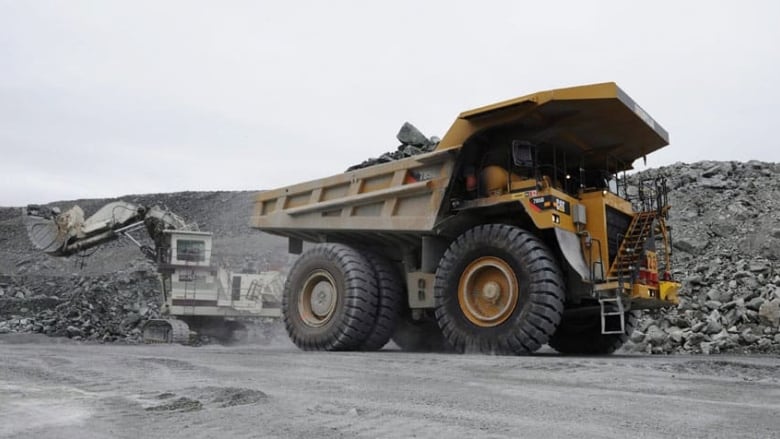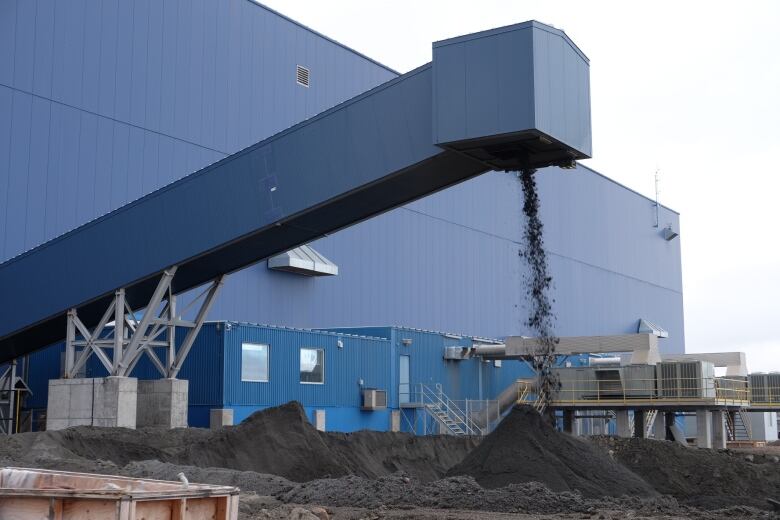Yukon, N.W.T. among top 10 most attractive mining regions for investors: survey
Territories edge up in Fraser Institute's worldwide ranking of mining regions

Canada's northern territoriesare among the most attractive jurisdictions in the world to mining companies, according to the latest annual ranking from the Fraser Institute.
All three of Canada's territories improved in the rankingscompared tothe previous year.
The conservative-leaning think tank surveys industry professionals every year to gauge perceptions of different mining jurisdictions. The surveyfocuses on mineral potential, as well as public policy and regulations.

Yukon ranked ninth in "overall attractiveness" in 2018, up from 13thin 2017. TheN.W.T. jumped even more from 21st in 2017, to 10th in 2018.
In Canada, only Saskatchewan and Quebec ranked higher third and fourth, respectively.
Nevada topped the listand Venezuela bottomed out at83rd in the rankings.
Nunavut, meanwhile, rose from 26thin 2017to 15th in 2018.
The rankings are based on responses to an electronic survey sent to mining, exploration and consulting companies. Approximately 2,600 surveys were sent outand291 were returned enough to give an accurate picture, said AshleyStedman, one of the co-authors of the study.
"We areconfident that our results are reflective of how investors feel about particular jurisdictions, and the policies and regulatory environments in those jurisdictions," she said.
Transparency an issue
According to the survey, the territories lookgood when it comes to mineral potential but investors are not as excited about mining policy and regulation in the North.
"The results do show that policy reforms are still needed for these jurisdictions to capitalize on their mineral potential," Stedman said. "Mineral deposits alone are not enough to attract investment dollars."

The survey found that transparency in the exploration permitting process is a concernfor investors in the N.W.T. and Nunavut. For the N.W.T., half the respondents said it was a deterrent to investment,and forNunavut, 87 per cent said it was. For Yukon that number was about 29 per cent.
Nunavut and the N.W.T. also fared poorly when it came to investors' confidence that they wouldeventually be granted necessary permits for exploration. For Nunavut, more than half reported "low" confidence or no confidence at all.In the N.W.T., 40 per cent reported low or no confidence.
Yukon did muchbetter on that score only9.5 per cent of respondents reported low confidence that they'd get their permits. The rest reported eitherconfidenceor "high confidence."

Lack of infrastructure is also deterringinvestmentin Nunavut and the N.W.T., Stedman said, along with "regulatory duplication and inconsistencies."
She also cited "disputed land claims" as a deterrent to investment in the N.W.T. and Yukon.
The Fraser Institute uses the annual report as a way to encourage "streamlining" ofmining regulations in Canada.
"We like to see this survey in particular as a report card on government policies, that governments can use to ultimately improve their policy and regulatory environment," Stedman said.












_(720p).jpg)


 OFFICIAL HD MUSIC VIDEO.jpg)
.jpg)



























































































